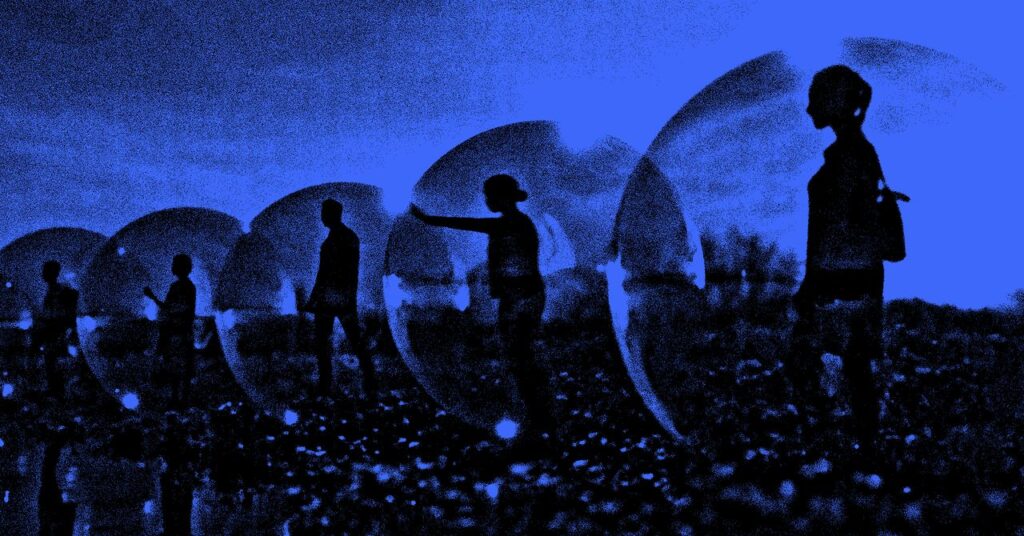
AI might not just be considered “a bubble,” or even a huge bubble. It could potentially be the ultimate bubble. It could be what you would create in a laboratory if your goal was to design the perfect tech bubble. One bubble to surpass them all. Let me elaborate.
Following ChatGPT’s explosive success in late 2022, which prompted every company near Silicon Valley (and many beyond) to shift towards AI, the feeling that a bubble is forming has been prominent. Discussions about it began as early as May 2023. By this autumn, it had become somewhat of a widely accepted notion. Financial experts, research organizations, technology skeptics, and even AI industry leaders themselves are in agreement: We are witnessing *some* form of AI bubble.
However, amidst the escalating bubble discourse, I observed that few were delving into exactly how AI embodies a bubble, what that truly entails, and what the consequences are. Simply stating that speculation is rampant, as evident as it may be, or highlighting that there is now 17 times more investment in AI compared to internet companies pre-dotcom bust is insufficient. While we do observe unprecedented levels of market focus; indeed, Nvidia has been valued at times almost equivalent to Canada’s entire economy on paper. Yet, it is plausible that the world could collectively decide that AI justifies all this investment.
What I sought was a dependable method to evaluate and comprehend the AI frenzy. This necessitated turning to the scholars who literally wrote the book on tech bubbles.
In 2019, economists Brent Goldfarb and David A. Kirsch from the University of Maryland published *Bubbles and Crashes: The Boom and Bust of Technological Innovation*. Through an examination of around 58 historical instances ranging from electric lighting to aviation to the dotcom boom, Goldfarb and Kirsch established a framework for determining if a specific innovation led to a bubble. Numerous technologies that evolved into major industries such as lasers, freon, and FM radio did not result in bubbles. Conversely, others like airplanes, transistors, and broadcast radio unquestionably did.
While many economists perceive markets as outcomes of rational decisions by actors acting purely on logic – some even proposing that bubbles do not exist at all – Goldfarb and Kirsch argue that the narrative surrounding an innovation’s capabilities, potential profitability, and impact sets the stage for a market bubble. “Our research places narrative at the core,” they assert. “We cannot grasp genuine economic results without acknowledging when influential stories shape decisions.”
Goldfarb and Kirsch’s framework for assessing tech bubbles evaluates four key factors: presence of uncertainty,…
Feel free to ask for more rephrasing or additional information!
